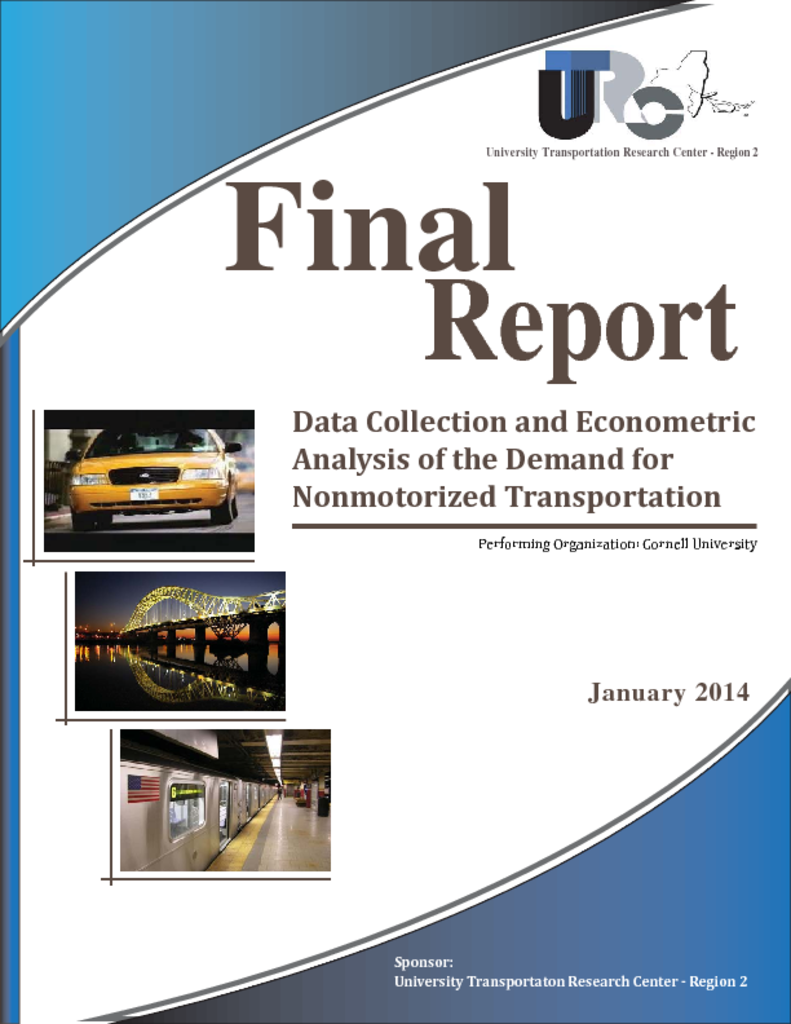In this project, we derived a latent class model with a class assignment mechanism based on the latent bicycle status of the respondent. Two segments were identified: more-skilled and experienced cyclists, versus less-skilled- and non-cyclists. The two segments have different sensitivities to the factors that may encourage or discourage riding a bike. For instance, slope inclination is considered almost 3 times as bad by less-skilled cyclists. Heavy traffic affects twice as much to less-skilled cyclists, who also consider rain to be 2.4 times more bothersome (and snow almost 4 times more bothersome) than more-skilled cyclists. On the other hand, bike lanes are 1.6 times more appreciated by less-skilled cyclists. Because in cycling route decisions there is no direct monetary cost involved, to analyze differences in the taste parameters we have proposed to use the ratio of the marginal rate of substitution with respect to travel time. In addition, we measured the diminishing negative effect of a hilly topography (slope inclination) as a function of the physical condition of the cyclist.
In terms of policy recommendations, our results suggest that the provision of bike lanes may encourage an increase in the modal share of cycling, especially among those individuals using a bike infrequently, or mostly for recreational purposes.
We also examined the performance of several ridership prediction models, including the Negative Binomial regression and timeseries models such as SARIMA and SARIMAX. Using cycling counts for Portland, we show that the SARIMAX model that includes weather conditions (temperature and precipitation) as explanatory variables performs best in out-of-sample prediction. Future research in State Space models is needed for overcome the problems of SARIMAX when predicting ridership in periods with really poor weather.
In sum, both the discrete choice and time series analyses coincide in that poor weather conditions are indeed a main determinant for discouraging cycling as a transportation alternative.




